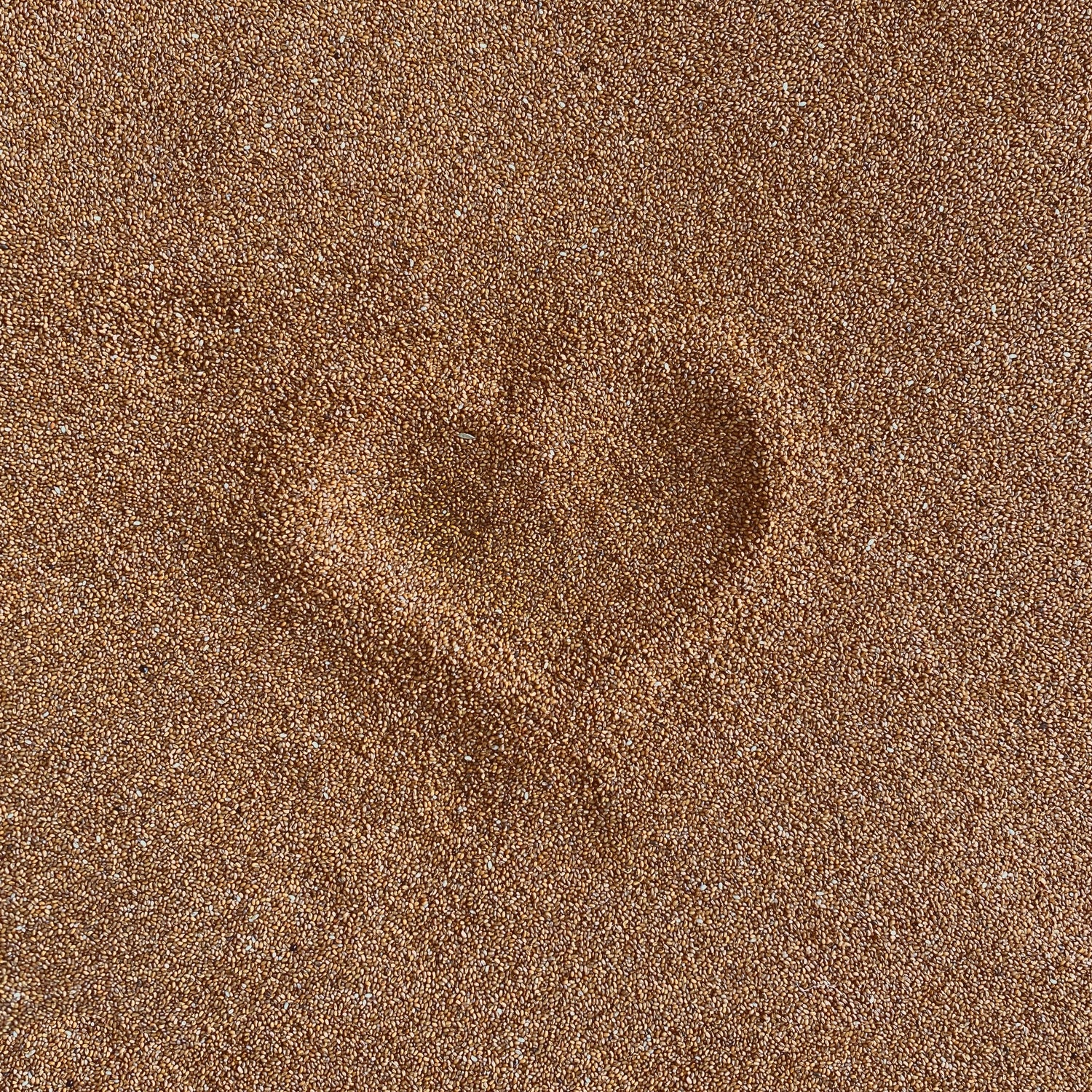There are many words that could be used to describe Vital Zinger: Paralympic Latin dancer, social activist, lawyer, entrepreneur – even an upcoming actress! She is a woman of resilience, paving the way to a better, more inclusive future, whether it’s on the dance floor or at the forefront, fighting for justice.
“An energizer on wheels” is how Vital Zinger describes herself in her Instagram bio, and it couldn’t be any closer to the truth. Zinger has lived her life fighting for a more inclusive world and motivating countless others to do the same. After beating cancer at a young age, and defying people’s discriminatory expectations as a wheelchair user in her teenage years, she learned early on “not to listen to people when they say no to you, and not to let other people decide what you can or cannot do.”
This proved to be a lesson she would never forget as she carved her own path, breaking boundaries and pushing limits along the way. With a law degree under her belt, a thriving mentoring career, a burgeoning acting career, and an array of social activism projects both fulfilled and underway, she’s an unstoppable force for good. Zinger’s extraordinary journey also led her to a career in Para Dance (fast-paced Latin being her weapon of choice), and after joining the Israeli National Para Dance team at the age of 20, she has taken part in competitions all over the world. Her fiery dance moves have earned her some incredible titles and medals. Most notably, a silver in the European Para Dance Sport Championships, and a bronze in the World Para Dance Sport Championships.
Her competitive spirit knows no bounds, and her passion for activism in so many different fields is proof of both her resilience and steadfast morals. Vital Zinger is truly changing the world, showing that “Our future is in our hands, so don't limit your challenges, challenge your limitations.”
One of your first fights for justice was against your school when they refused to make the building more accessible by installing lifts. Do you think this experience acted as a catalyst, or have you always been on a path towards social activism?
I would say that it’s both. It was the first time I felt that I was being prevented from doing something because of my wheelchair, with something as serious as my education being affected. I had to be far away from my friends, choose a different major, all because they refused to build an elevator. For me, I couldn’t let that happen, because it wasn’t justified. I decided that I’m the only person who will decide what I can or can’t do, and if there is something stopping me, let it be justified.
I also grew up and was raised with that mindset. The doctors told my parents that I would never walk, but my parents refused, and said ‘we're going to find a way for her to walk’. And when I was five, I did. I was walking on stilts and using crutches, but I was still walking. That affected me as a kid, and I learned not to listen to others when they say no, and not to let other people decide what I can or cannot do. It felt like a victory in my heart. So, it was a mixture of things that made me strong enough as a kid to say ‘Okay, I’m not going to back down’.
What has been the most memorable social activist project you have been a part of so far?
It’s difficult for me to choose just one because I feel privileged and proud to be involved in so many projects. Many of them were meaningful and impactful, but if I had to choose one, I would choose People. Not Symbols by Access Israel. It was a campaign that aimed to stop people from exploiting disabled parking spaces and show the real-life ramifications in an interesting and creative way. We wanted to show that when non-disabled drivers take up these spaces, they’re not only breaking the law but denying people with disabilities the ability to have a full, independent life. There’s a person and a story there: you just prevented a mother from going to the grocery store, a father taking his son to kindergarten. To drive this point across, we switched the usual symbol signifying disabled parking spots with pictures of real people. People were really touched by the campaign, and I still see some of the signs today.
One of your most recent campaigns focuses on the lack of inclusion of people with disabilities in the TV and film industry. As an actress yourself, what was that campaign like?
We’ve approached it from different aspects, collaborating with all kinds of organisations, from the directors’ guilds to screenwriters, with the aim of seeing more actors with disabilities. I don't want them to write in special characters for people with disabilities. I want them to acknowledge that people with disabilities, actors with disabilities, are very capable to play a variety of different roles. I can be somebody’s sister, a lawyer, a cashier, a driver, or just someone walking along the street. I can play every character that I would play as an actor who wasn't on wheels.
I'm taking part in this campaign, not only as someone that really loves to act but also as a social activist. I want to be seen on TV, not only because it’s my passion, but because I want people with disabilities to see themselves on screen. Usually we aren’t on billboards, we're not on TV shows, and if we are we’re there for money or inclusion, living grey lives, or exist as gimmicks just to gain points from the public. I want to play real-life characters, because we’re a part of society, and the way I see it, the industry should reflect what’s happening in real life.
You’re also proving this point through your career as a dancer. How did you get into dance, and how did you get to the Paralympics?
Dancing has always been one of my biggest passions. I’ve always enjoyed competitive sport, and tried a variety of them, from basketball to tennis, to racing. Over the years I improved and got stronger as an athlete, but I still didn’t have the opportunity to compete professionally. I also couldn’t join dance classes due to a lack of accessibility, and the only place I could dance was at clubs. So when I was discharged from the army and was asked to join the Latin paralympic dance team, I immediately jumped at the opportunity!
What is your favourite style of dance, and are there any other styles you want to try out?
I love fast and complicated routines so I would say jive (rock and roll) and cha cha cha. As in life, with everything that I do, it’s the same on the dance floor. I'm open to anything and I really enjoy discovering new styles. Although, I do lean towards faster styles, like hip hop and reggaeton, rather than modern ballet and those kinds of styles.
One of your goals as a mentor and public speaker is to motivate people to overcome their personal fears. What advice would you give to someone who is struggling to overcome a challenge?
I think the most basic one is to always be open-minded and optimistic. Be proactive and initiative about fulfilling your dreams, your future is in your hands, so don't limit your challenges, but challenge your limitations.
Who are your inspirations?
First and foremost, my mom. Hands down. She is the most inspiring, fierce, strong, generous, talented, and loving person I know. I am only the person I am today, achieved everything I have, because of the education and values I received from my parents.
Do you have any upcoming projects?
In 2020 my dance partner and I attempted to break a World Record by performing six dance styles in six minutes… on top of a skyscraper! We did it to raise money for Friends of the Israel Sports Centre for the Disabled, which was the centre I began my career as an athlete at the age of 12. They were at risk of closing because of COVID, so we decided to do something crazy to raise some money. There were so many donations, and they managed to fund an entire year of programs for the kids! It meant a lot to me as it was a chance to give back. It was also a big moment for me as I’ve been trying to recover from a severe injury for the past five years. In my lectures, I always say that feeling on top of the world is a mindset you choose, but that day it was not only mindset, but a milestone. To be on top of the world, to dance again, to raise money for these kids, was a mind-blowing experience.
We had outfits and drones and everything – I loved every minute of it. I wanted to stay there and watch the sunrise and take a gazillion selfies, watching over the city I adore, Tel Aviv. We filmed and sent it to Guinness World Records, but they’ve asked us to do it again so they can send someone to watch. I decided that if I’m getting back on a roof, I’m getting on a higher one. I’ve already seen the view from that one, right? So we need to do something crazier, because if I’m going to set a record, I want it to be a hard one to break.
You can find out more at:
Instagram: @vitaldance https://www.instagram.com/vitaldance/
LinkedIn: https://www.linkedin.com/in/vital-zinger/
Website: https://www.vitalzinger.com/


